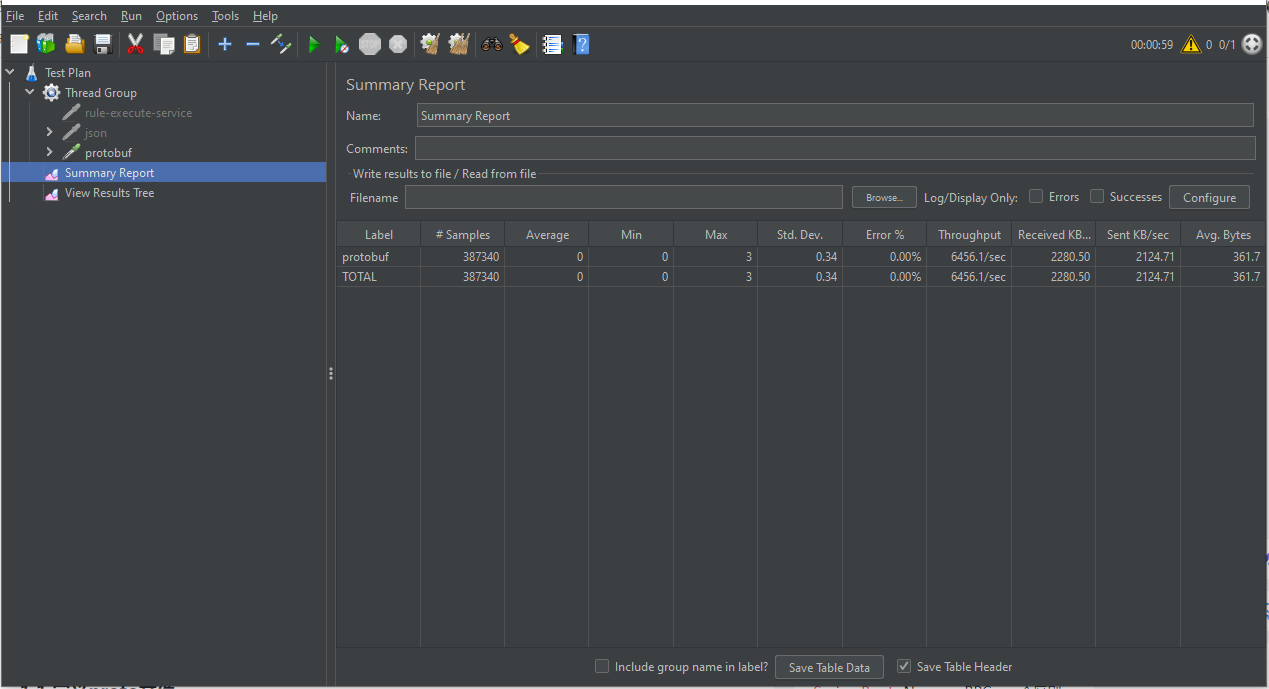在现代的数据管理中,Elasticsearch(简称ES)因其强大的搜索功能和灵活的索引结构而受到广泛欢迎。本篇博客将介绍如何根据MySQL数据库中的酒店表定义,创建一个相应的Elasticsearch索引。
MySQL与Elasticsearch的对比
在开始之前,我们需要了解MySQL和Elasticsearch在数据存储和查询方面的不同:
- MySQL 是一种关系型数据库管理系统,使用表、行和列来组织数据。
- Elasticsearch 是一个基于Lucene的搜索引擎,提供全文搜索功能,并且能够快速处理大量数据。
酒店表的定义
首先,我们有一个MySQL表 tb_hotel,其定义如下:
CREATE TABLE `tb_hotel` (`id` bigint(20) NOT NULL COMMENT '酒店id',`name` varchar(255) NOT NULL COMMENT '酒店名称;例:7天酒店',`address` varchar(255) NOT NULL COMMENT '酒店地址;例:航头路',`price` int(10) NOT NULL COMMENT '酒店价格;例:329',`score` int(2) NOT NULL COMMENT '酒店评分;例:45,就是4.5分',`brand` nvarchar(32) NOT NULL COMMENT '酒店品牌;例:如家',`city` varchar(32) NOT NULL COMMENT '所在城市;例:上海',`star_name` varchar(16) DEFAULT NULL COMMENT '酒店星级',`business` varchar(255) DEFAULT NULL COMMENT '商圈;例:虹桥',`latitude` varchar(32) NOT NULL COMMENT '纬度',`longitude` varchar(32) NOT NULL COMMENT '经度',`pic` varchar(255) DEFAULT NULL COMMENT '酒店图片',PRIMARY KEY (`id`)
) ENGINE=InnoDB DEFAULT CHARSET=utf8mb4;
创建Elasticsearch索引
根据MySQL表的定义,我们可以创建一个Elasticsearch索引,名为 hotel。以下是创建索引的JSON配置:
PUT /hotel
{"mappings": {"properties": {"id": {"type": "keyword"},"name": {"type": "text","analyzer": "ik_max_word","copy_to": "all"},"address": {"type": "keyword","index": false},"price": {"type": "integer"},"score": {"type": "integer"},"brand": {"type": "keyword","copy_to": "all"},"city": {"type": "keyword","copy_to": "all"},"starName": {"type": "keyword"},"business": {"type": "keyword"},"location": {"type": "geo_point"},"pic": {"type": "keyword","index": false},"all": {"type": "text","analyzer": "ik_max_word"}}}
}
索引字段说明
id:使用keyword类型,适合精确匹配。name和brand:使用text类型,并指定ik_max_word分词器,同时复制到all字段以支持全文搜索。address和pic:使用keyword类型,但address不参与索引,pic不参与索引。price和score:使用integer类型,适合数值比较。city:使用keyword类型,并复制到all字段。starName和business:使用keyword类型,适合分类和标签。location:使用geo_point类型,支持地理位置搜索。
结论
通过以上步骤,我们成功地根据MySQL的酒店表定义创建了一个Elasticsearch索引。这将允许我们利用Elasticsearch的强大搜索能力,快速检索和分析酒店数据。记住,索引的创建和维护是一个持续的过程,需要根据实际业务需求不断调整和优化。




